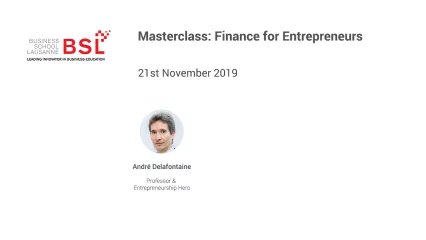In this video, Ali from CommonBond, will help you figure out how to pay for your MBA degree, whether you are just starting to apply, you have just received an acceptance, or you are planning to fund your second year.
So, there are two big buckets you need to consider – money going out and money coming in. You can call them costs and funding.
On the cost side, your starting point is simply your school’s published cost of attendance, which is what the school officially estimates as the total cost for one academic year. This includes tuition, room and board, supplies and anything else. Schools publish this publically. What are the other costs that you need to consider? Investing for once in a lifetime experiences is strongly advised as well as having a “cushion” in reserve for emergencies, such as a broken laptop.
Check out: The Best Way to Finance MBA Studies
Now, let’s focus on sources. First, you have your savings. Next, you have scholarships, such as those offered by your school as well as scholarships from outside organisations. Then, there is an asset people don’t typically consider – retirement money. You won’t face the normal penalties for withdrawals, because your MBA is a qualified educational expense. Finally, there are loans. You have federal, private and family loans to consider. The two key federal programmes are Stafford loans and Grad PLUS loans. Private loans through platforms like CommonBond are another option that can sometimes give you a lower interest rate. Common Bond’s calculator has fields for you to calculate your total debt based on all of these different options.
Now you’re ready to make a budget that works for you. You may also want to contact the financial aid office of your business school for more customised information on your cost of attendance.



